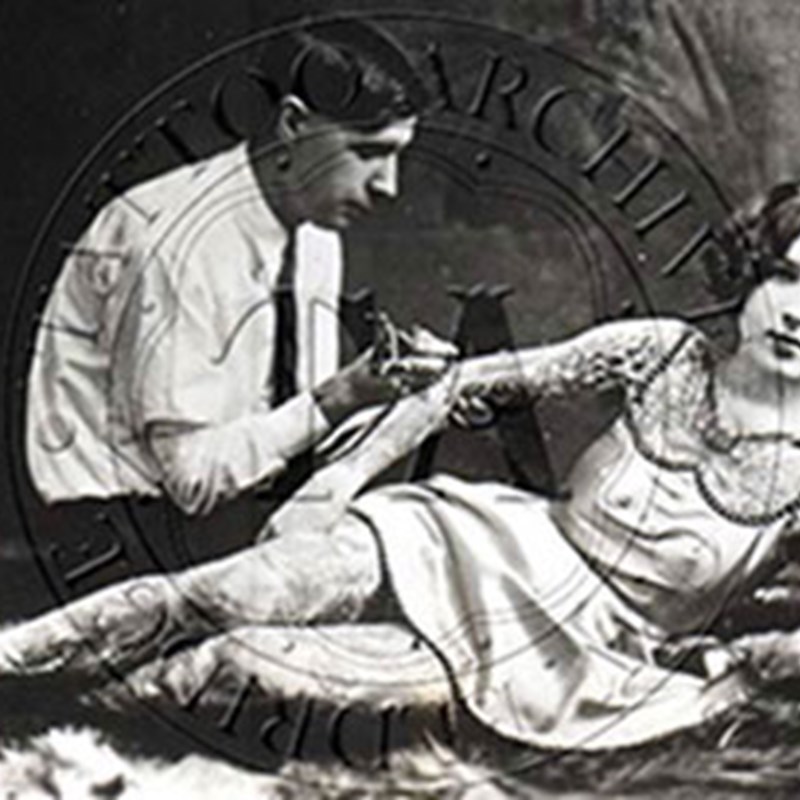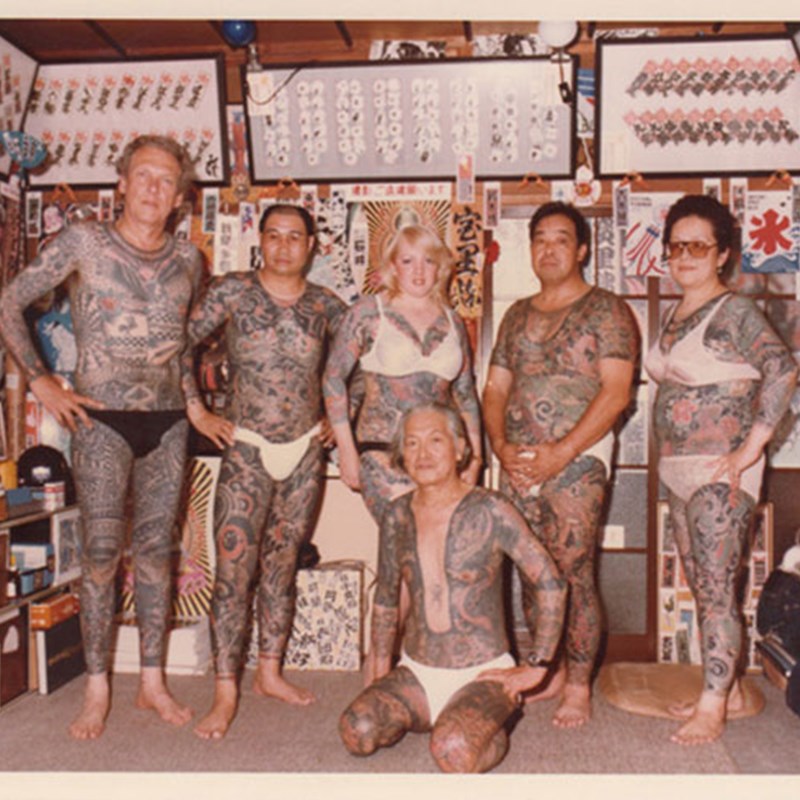Tattoos and the Archive
One of the important things about British Tattoo Art Revealed is the creation of an archive—collecting images of people’s tattoos and the stories behind them. The archive is a collection of records that we collect, categorize and preserve that are thought to capture the life of an individual, a group, a nation or a time. Archives provide the living with a genealogy, a history, a sense of a past that in some way determines who we are today.
Of course, the web has changed archiving, as sites like ‘Internet Archive’ clearly indicate. So much more visual, literary, ephemeral and documentary material can be captured, stored and accessed via the web.
There are now several tattoo archives. One is located in Winston Salem, North Carolina, but founded in Berkeley, California in 1980 by C. W. Eldridge describes what they do as ‘tattoo history in the making.’ The collect the past—the pictures, business cards, and other records—that fill in historical blanks, and they collect ‘the now’ with the aim of preserving our images, our values, our priorities, our culture for the future.
Here, for instance, is Deafy and Stella Grassman:
The Glassman’s were tattoo artists in Philadelphia at 836 and 839 Race Street and they had a shop at 19 Bowery in New York City in the 1920s and 1930s. Stella also worked many shows throughout the years including the Ringling Bros. Barnum & Bailey Circus in 1938, Huberts Museum in New York City 1939 and Harry Lewiston Museum in 1940 and 1941.
The Russian Criminal Tattoo Archive is a very different affair, however. It collects, for instance, police file photographs of Russian prisoners tattoos. These were collected, from the 1960s to the 80s by Arkady Bronnikov, a senior expert in criminalistics at the USSR Ministry of Internal Affairs, who worked in the correctional institutions of the Ural and Siberia regions.
The point of collecting and creating an archive of this type is to be able to read the body. So, the photograph of a Russian criminal’s hand above is interpreted as: The acronym ‘SOS’ could stand for a number of things, including Spasite of Syda (save me from judgement), while crosses on the knuckles indicate: ‘trips to the zone; each cross represents a sentence served.’ The manacle on the wrist indicates a prison term of more than 5 years (while both wrists indicates more than 10 years. The rays of the sun stand for convictions and imprisonments.
On a very different note, on the ‘Introduction to Archives’ website of King’s College, Cambridge, is this explanation of the importance of archives:
‘Archives are important because they provide evidence of activities and tell us more about individuals and institutions. They tell stories. They also increase our sense of identity and understanding of cultures. They can even ensure justice.’
There are a number of other reasons, too, why they are important, but for me—and for this tattoo exhibition—it is the storytelling that is particularly relevant. This is a chance to tell something of your own history, to reflect on your own experiences and those of others. The British Tattoo Art Revealed tattoo is a chance to read individual histories on the tattooed body.
So, come out for this, the final weekend of the exhibition at Torre Abbey. Have a picture taken of your tattoo and share its story. If you don’t have a tattoo, this is a chance to look, read, and think about all those hidden stories that people carry with them.



